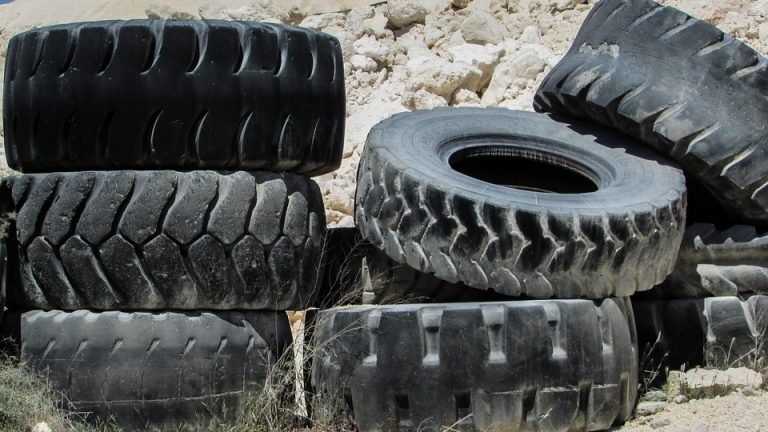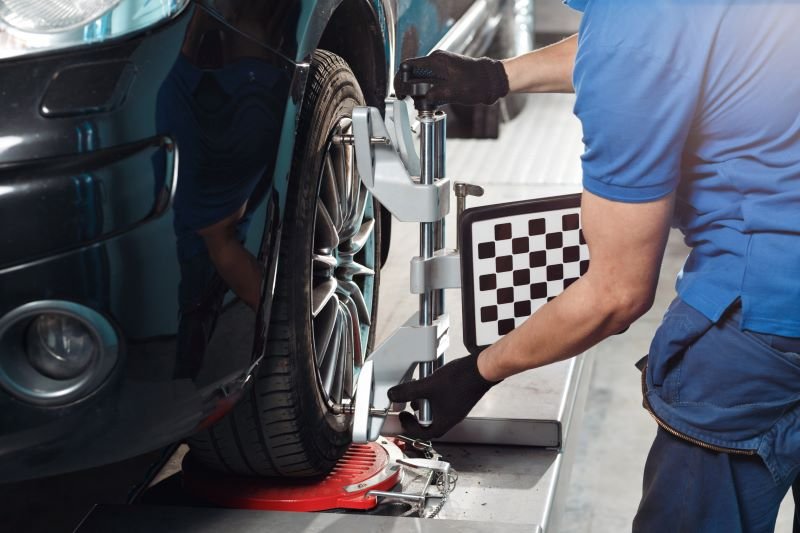The term truck means a heavy vehicle of transport used for the conveyance of goods. Unlike trailers and semi-trailers, the truck has its own mobility. So, it does not need a towing vehicle. Therefore, the tyres of a truck have different characteristics compared to those fitted with motorcycles and cars. Let’s see the elements to consider when choosing truck tyres.
Introduction
The truck tyres are subject to major stress and intense efforts. It is not just a question of weight (which, of course, is also a crucial factor): trucks travel for long distances, in all weather conditions and often, without stopping for long periods. Inevitably, choosing unsuitable tyres or not providing it proper maintenance exposes the vehicle to risks associated with slipping, poor grip and limited resistance temperatures. That’s why assessing the best truck tyres is essential for road safety, not only for the driver but, also for anyone else who is sharing the roadway.
Different Type Of Truck Tyres
When we talk about truck and bus tyres we refer to different types of vehicles: trucks, urban transport vehicles, buses. Therefore, each vehicle is intended for a different use (and road layouts).
For this reason, there are different types of truck tyres:
- Long-distance tyres: designed for vehicles that function for long periods on motorways.
- Medium-distance tyres: mounted on vehicles intended for medium-duration journeys and various types of road surfaces.
- Urban-use tyres: made for public and private line vehicles that move on urban routes.
- Site tyres: designed for vehicles used in industries and factories, particularly on work site.
- Snow tyres: used on medium and long-distance heavy vehicles that function through snow, ice or frost conditions on asphalt.
The best tyre for your needs
Truck tyres also differ in relation to their position. In fact, there are three different types of axes on which the tyres are allocated:
- Steer
- Traction
- Trailer
Therefore, the tyres are sold in pairs. Before proceeding with the purchase, it is necessary to make sure that the axis on which they will be mounted is the right one.
Truck tyres: assess their quality
Once you understand how to identify the type and position of the tyre, all that remains is to evaluate the quality of the tyre. In this case, a protocol issued by the European Union in November 2012 is met with the driver. This is a mandatory European label that shows the performances of the tyre in the recorded tests relating to consumption, noise and wet grip.
Tyres are a very important component of a car and their wear and tear can compromise the safety and efficiency of driving.
For this reason, it is essential to know when to change the tyres of your car or trucks, to avoid problems and risks while driving.
1. Notice if the machine pulls to one side
Sometimes while driving, have you ever noticed that your car often pulls to the side? Be cautious as this could increase the wear on your tyre. Usually, the tyres tend to wear out simultaneously, but when the mechanical alignment of their wheels is wrong, it can happen that the car tends to skid and therefore compromise the condition of some tyres more than the others. We advise you to always change all the tyres, but if you prefer, you can also replace only those on the back, to avoid possible aquaplaning risks.
2. The coin trick
As you certainly know, the tread is a component that allows you to understand whether or not the tyre has to be changed. To be sure, do this trick: take a 2 Euro coin and insert it into some tyre grooves. If you can see the white edge of the coin, then it’s time to change your tyre. This is because the tread of each tyre must have a thickness of at least 1.6 mm in order to drive safely. Using the car with lower tread tyres is not only a danger to your life but also to your wallet. In fact, this can also lead you to a heavy fine.
3. Assess the presence of particular wear
Tyres cannot have a perfect shape and composition. This is because every day they come into contact with different types of asphalt, making it more likely to cause dents and bumps. However, it is important to inspect for any nails or other types of serious damage to the tyres. Hence, giving you an important indication to replace your tyres.
4. Tyres last up to 6 years
Sometimes, tyres seem to appear in good condition even after their duration date. However, it is advisable to replace them at least, after 6 years, as their functionality could be compromised.
5. Choose the right tyre
Not all tyres are the same and most importantly, not all tyres can be used in every vehicle. For this reason, always check whether the tyres are suitable for your car by evaluating their structure, brand and size. If you notice any anomalies while driving, the tyres you have chosen are probably not suitable for your car. Hence, it would a wise decision to replace them.




